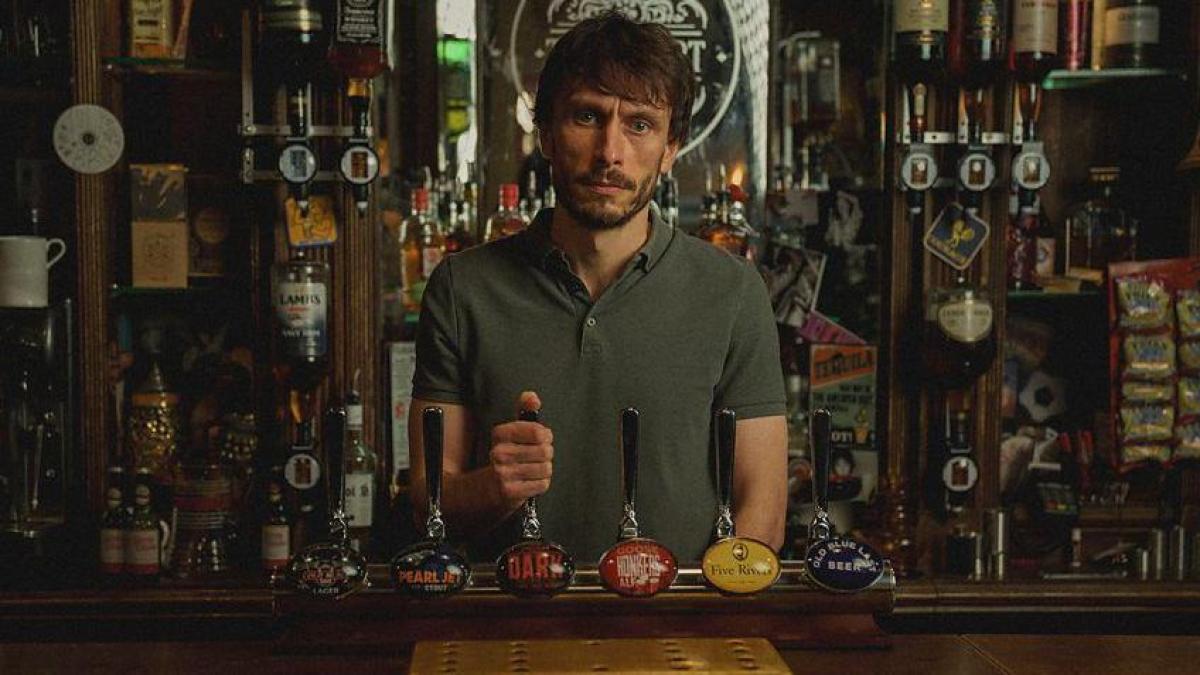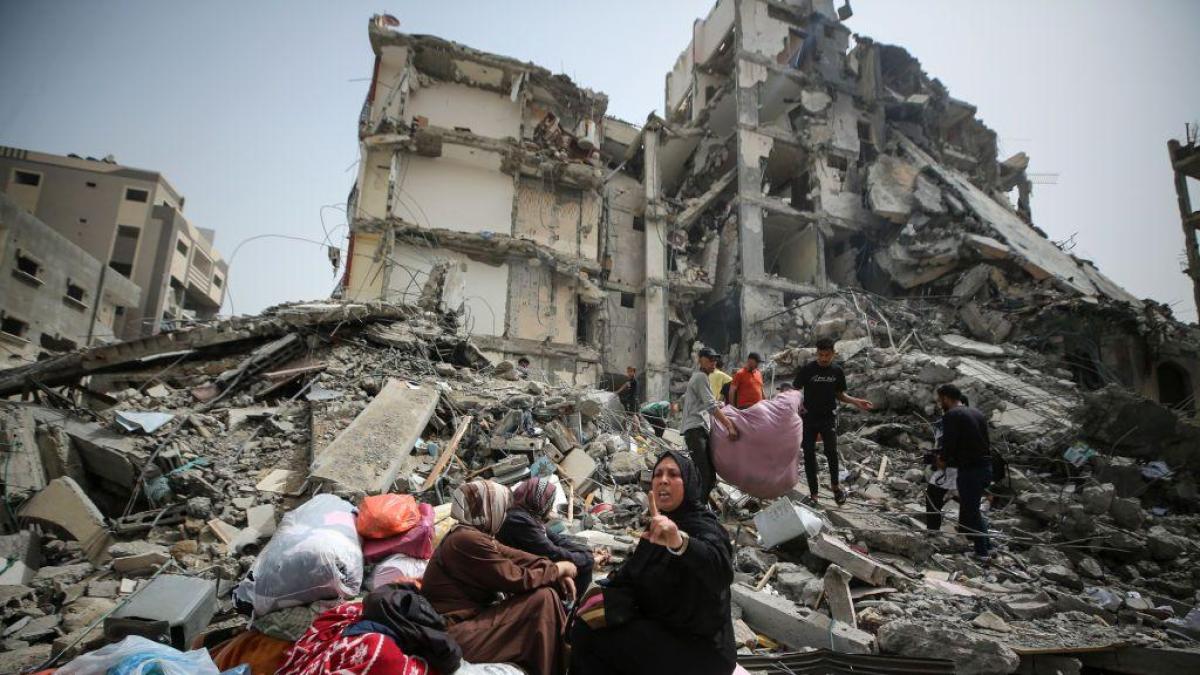Culture|Television review
Dictators understood early on the importance of cinema as a means of propaganda, among them Italian Benito Mussolini. In 1937, he founded the huge Cinecittá studio complex in Rome, which could even accommodate the squares and auditoriums of ancient Rome.
A recent document repeats the history of the Cinecitta, but all the more so of the entire post-war history of Italy, to which the film city is essentially linked. Even when you didn’t want to go there to shoot.
Sodan after or already during the new generation of left-wing instructors, first Roberto Rossellini and Luchino Viscontirefused to spit in the direction of Mussolini ‘s studios, so they decided to carry the cameras on the street.
Italian neorealism was born, one of the most important trends in film history. Its best-known output is Rossellin’s Rome – an open city.
Hour the length of the documentary is regrettably short, and it doesn’t go beyond modern or near, but stops at the 1960s, when the Italian film industry swelled to incredible proportions. The last film to be shown is Federico Fellinin La Dolce Vita (1960), where the legendary Via Veneto in Rome was staged in the Cinecitta studio.
Subsequent productions of Cinecittá are worth mentioning Mel Gibson The Passion of the ChristHBO Romeseries as well Paolo Sorrentino Popeseries for which the Sistine Chapel, among others, was built in the studio. But these are not mentioned in the document.
The subject would have deserved an entire series. The documentary does not even give a full idea of the dimensions of the studio.
Documentary Numerous experts carefully review even individual films, and of course the early days of Cinecitta during fascism are also interesting. There is plenty of footage, and Mussolini’s son is also involved Vittorion old interview.
Cinecittà – the story of a film studio, Theme at 8 pm and Yle Areena. (K12)
The last Cinecittá film to be shown in the documentary is Federico Fellini’s La Dolce Vita (1960).
#Television #review #overview #Cinecittas #phases #regrettably #short #ends #60s #studio #complex #significant #works #day







